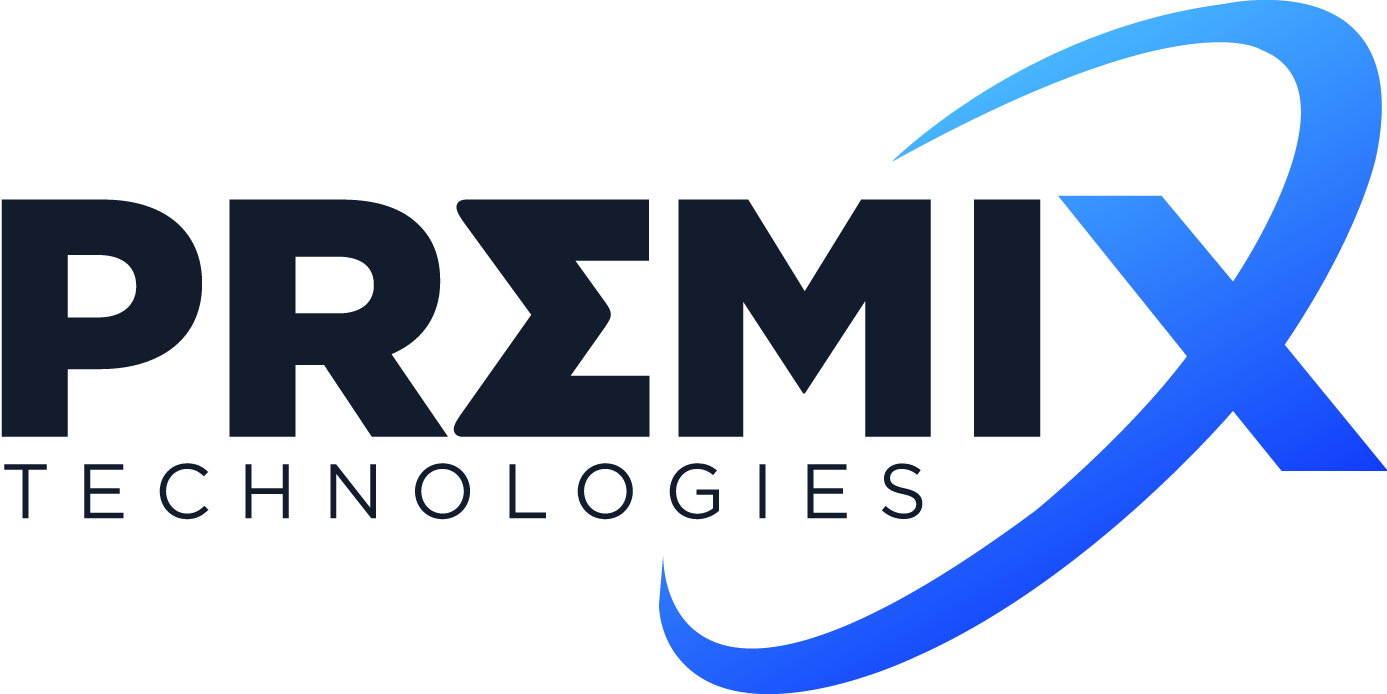Rushton Turbine Agitators
| Impeller Type | Central / off center Baffles: 0 / 2 / 3 / 4 Blades: 2 / 3 / 4 Stages: 1 |
|---|---|
| Flow Direction | Downward |
| Preferred Arrangement | Center Mounted |
| Blending | • • • |
| Suspending | • • • |
| Dispersing | • • |
| Heat Transfer | • • |
| Gassing | • • |
| Flow Range | Laminar / Transitional |
| Viscosity Range | 1 - 50,000 |
| Features | - Universal mixing impeller for a wide viscosity range -Variable blade angles (standard versions with 30° to 45°) |
| Diameter Ratio | 0.5 – 0.8 [d1 / d2] |
| Speed | 300 – 1500 |
| Tip Speed | 5 − 20 [ft/s] |
Rushton turbine agitators are one of the most commonly used types of impellers in the industry due to their versatile and efficient mixing capabilities. These agitators are widely employed in various applications across different industries. Here are some of the key features and characteristics of Rushton turbine agitators:
- 01. Blade Design
- 02. Radial Flow Pattern
- 03. High Flow Rates
- 04. Shear and Agitation
- 05. Gas-Liquid Mixing
- 06. Solids Suspension
- 07. Viscosity Range
- 08. Mixing Efficiency
- 09. Tank Shape
- 10. Scale-Up Capability
- 11. Ease of Maintenance
Customization: Depending on the specific application, Rushton turbine agitators can be customized in terms of blade diameter, shaft length, and materials of construction to suit the process requirements.
Due to their efficient mixing performance and broad applicability, Rushton turbine agitators are commonly used in industries such as chemical processing, pharmaceuticals, water treatment, food and beverage, and various other applications involving liquid-liquid, gas-liquid, and solid-liquid mixing processes.
Rushton turbine agitators are widely used in various industries for their efficient mixing capabilities and versatility. They are employed in a wide range of applications where effective agitation, blending, and mass transfer are required. Here are some of the common industries where Rushton turbine agitators are extensively used:
- 01. Chemical Industry
- 02. Pharmaceutical Industry
- 03. Water and Wastewater Treatment
- 04. Food and Beverage Industry
- 05. Petrochemical Industry
- 06. Paints and Coatings
- 07. Mining and Metallurgy
- 08. Adhesives and Sealants
- 09. Pulp and Paper Industry
- 10. Renewable Energy Production
Due to their ability to handle various viscosities and promote efficient mixing, Rushton turbine agitators are widely utilized in industrial processes where agitation and blending of liquids, gas-liquid reactions, and solids suspension are critical. The versatility and scalability of Rushton turbine agitators make them valuable tools for numerous applications across different industries.
Computational Fluid Dynamics (CFD) analysis for an agitator involves simulating and analyzing the flow of fluids and the associated mixing behavior within a mixing vessel or tank equipped with an agitator. This analysis is crucial in industries such as chemical engineering, pharmaceuticals, food processing, and more, where efficient mixing and agitation are essential processes.
Our step-by-step approach to conducting a CFD analysis for an agitator:
- 01. Problem Definition and Geometry Creation
- 02. Mesh Generation
- 03. Boundary Conditions
- 04. Solver Setup
- 05. Simulation Run
- 06. Post-processing and Analysis
- 07. Optimization and Iteration
- 08. Reporting and Documentation




